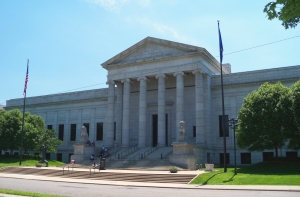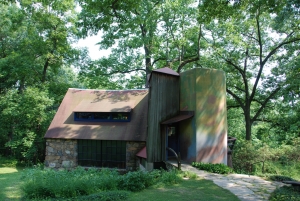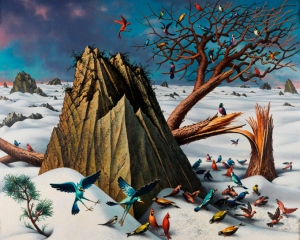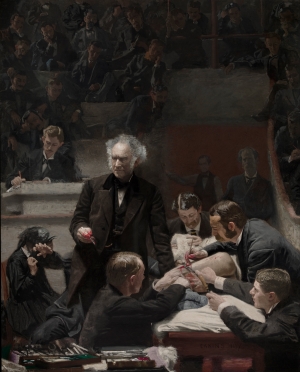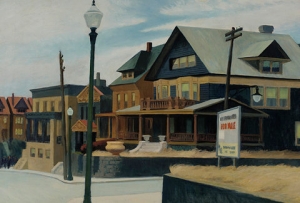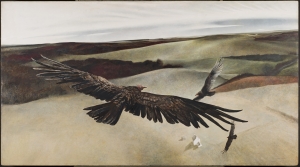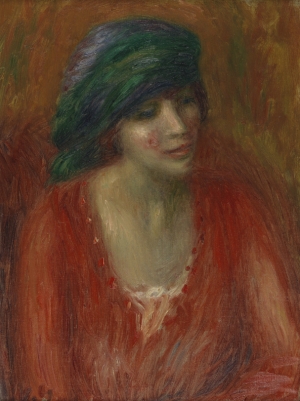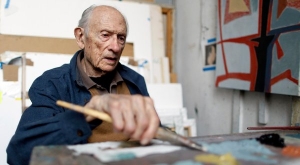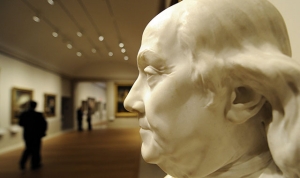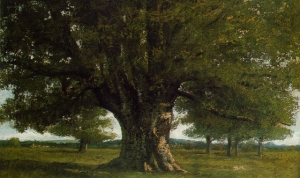A printmaker and painter, there is a quiet, striking quality that pervades all of Will Barnet’s art. Best known for his portraits of women, children, animals, family members, and friends, Barnet passed away at his home in Manhattan on November 13. He has lived at the National Arts Club building on New York City’s Gramercy Park since 1982. Barnet was 101.
A native of Beverly, Massachusetts, Barnet studied at the School of the Museum of Fine Arts, Boston and then, starting in 1931, at the Arts Students League in New York. It was here that Barnet studied briefly with the early Modernist painter Stuart Davis and became acquainted with Arshile Gorky, a major influence on Abstract Expressionism. Four years after joining the League, Barnet was named the official printer and went on to work for the Works Progress Administration Federal Art Project. He also made prints for well-known artists such as the Mexican muralist Jose Clemente Orozco and the painter and cartoonist William Gropper.
Barnet started out as a Social Realist printmaker and had his first solo exhibition in 1935 at the Eighth Street Playhouse in Manhattan. Three years later, he had his first gallery show at the Hudson Walker Gallery. It was during this time that he married Mary Sinclair, a painter and fellow student. They had three sons.
In the 1940s Barnet was inspired by Modernist inclinations and his paintings became more colorful and fractured, depicting family scenes and young children. By the end of the decade Barnet moved towards complete abstraction after becoming involved with the Indian Space Painters, a group that created abstract paintings using forms from Native American art and modern European painting.
In the 1950s Barnet divorced Sinclair and remarried Elena Ciurlys with whom he had a daughter. It wasn’t until the 1960s that Barnet returned to representational painting, often using his wife and daughter as subjects. Barnet’s style had evolved and the portraits from this time are flatter and more exact. He also made a number of portraits of the architect Frederick Kiesler, the art critic Katherine Kuh, and the art collector Roy Neuberger during this time.
Barnet never stopped painting and continued to experiment and evolve stylistically, returning to abstraction in 2003. In 2010 he was the subject of the exhibition Will Barnet and the Art Students League at the Phyllis Harriman Mason Gallery in Manhattan. He was awarded a National Medal of Arts in 2011, which he accepted from President Obama at a ceremony at the White House. The subject of many museum retrospectives, Will Barnet at 100, which took place at the National Academy Museum in 2011, was the last.
Besides his work as an artist, Barnet was also an influential instructor. He taught graphic arts and composition at the Art Students League in 1936 and went on to teach painting at the school until 1980. Barnet also taught at Cooper Union from 1945 to 1978 and briefly at Yale, the Pennsylvania Academy of Fine Arts, and other schools.
Barnet is survived by his wife, three sons, one daughter, nine grandchildren, and three great-grandchildren.


